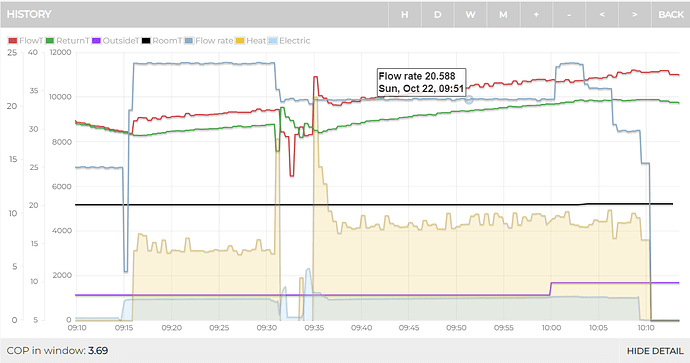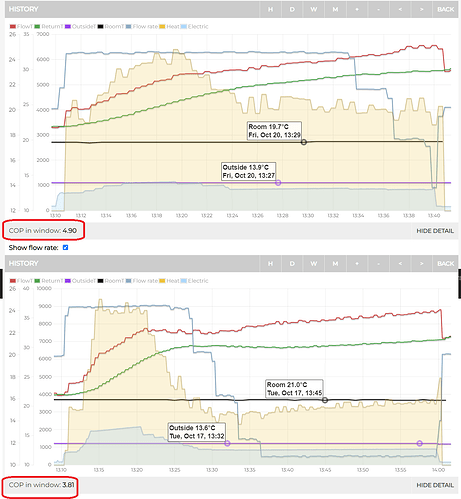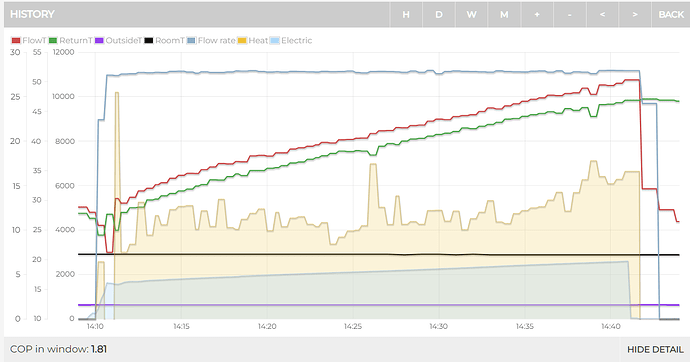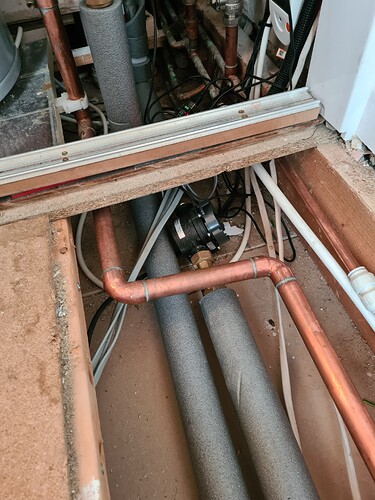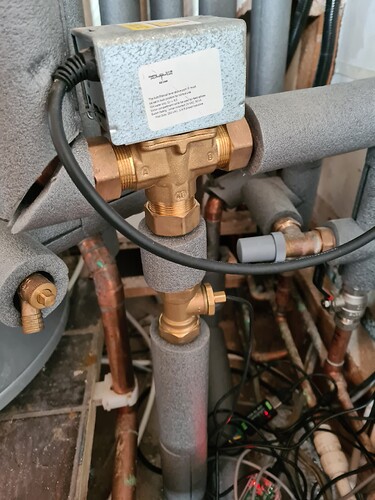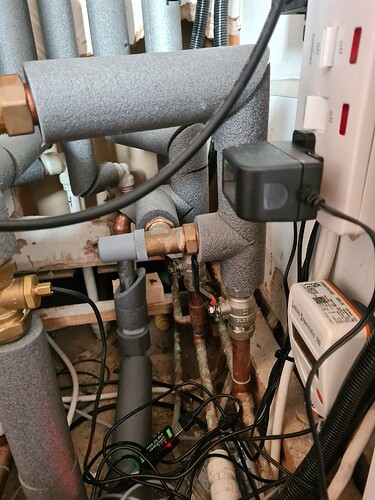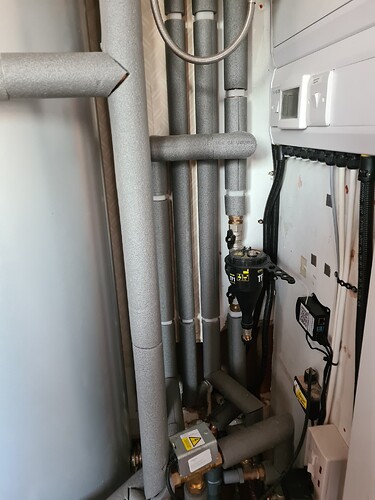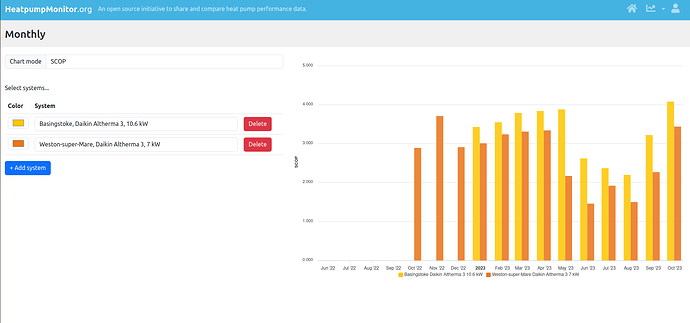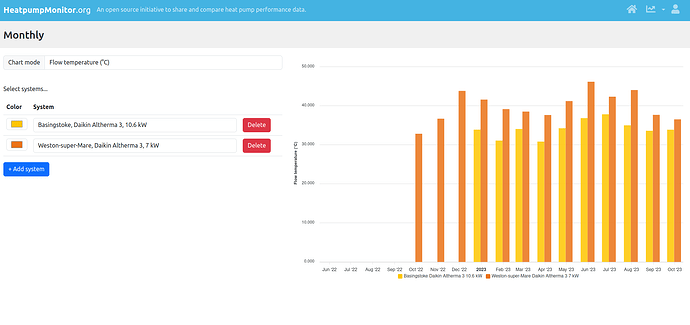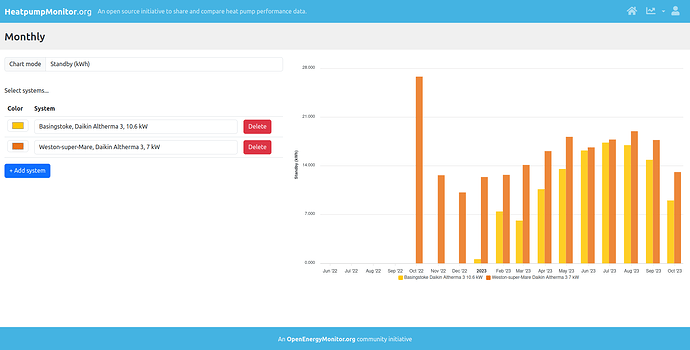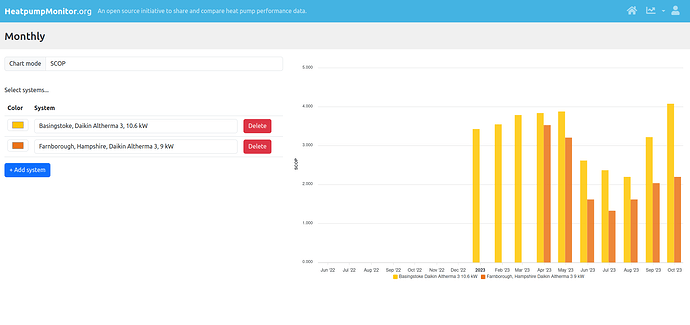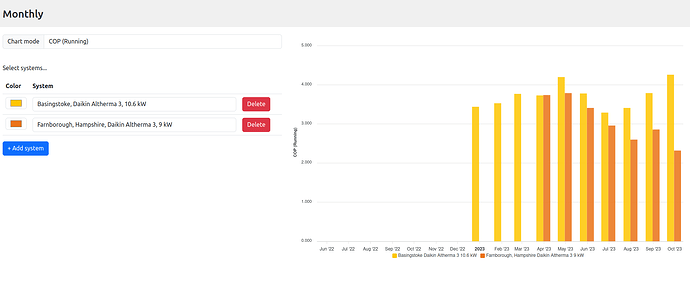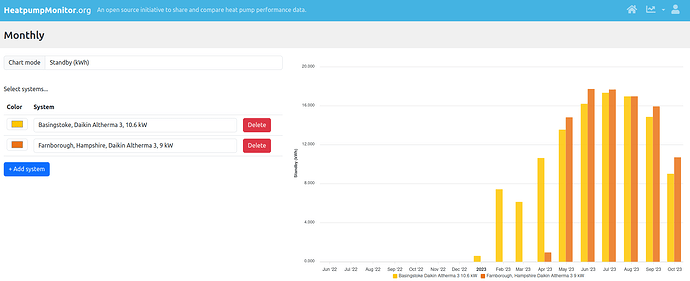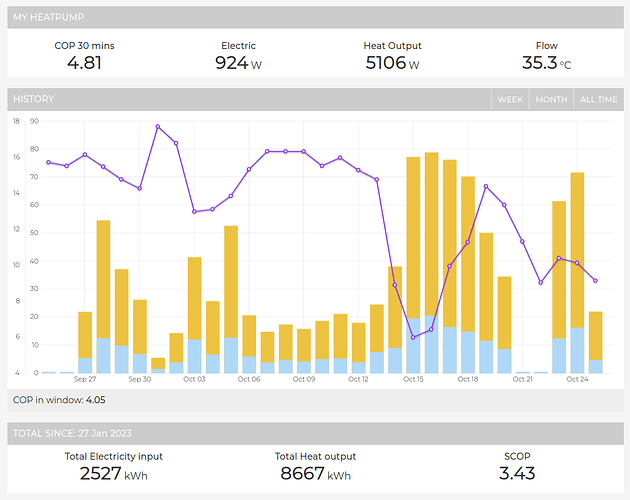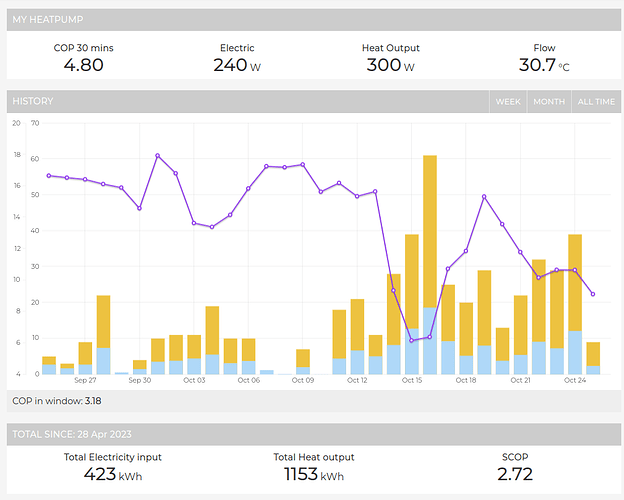Hi Vinny,
Thanks for your help.
Sampling pump mode is only available in pure weather compensation and I had that running from Sunday afternoon to Monday afternoon. I set that at 60% as it already knew about this from earlier experiments. 60% is as low as it goes and it reduces the consumption from around 150w which I believe is 90% down to 100w.
I am also running the pump in request mode at 60% with Madoka influence, I made sure each time I have changed the mode of operation. It was originally set as continuous.
I cannot see any way to get any more control of the pump speed.
My heating performance is better as I am currently running it.
The house has always been at around 22c since the heating came on on 14 October, I have never let it get cold in here so heating demand has been in direct relation to the outside temperature. I have always run it on the WD curve. The internal temperature being reported is not the one the heat pump is operating from, that data is coming from an OEM thermostat/humidity sensor. The thermostats are not quite in the same place right now as I had a communication issue (a loss of connection) so had to move it. I should move it back really.
I am confused by some things, the other Octopus Daikin in Hampshire produces 50% more heat at 1kW of electricity than mine does.
I am also confused by the erratic nature of the heat production, it’s not as smooth as others as noticed by Marko.
I have done some calculations regarding my radiator sizing and I am going to replace five radiators with bigger versions, I bought them today. I always thought they were too small but the heat loss survey said otherwise. They’re OK but bigger won’t hurt.
The house is heated to 22c inside at 30c flow temperatures with 7c outside, which is good. The problem seems to be the heat required by the house is less than the heat pump can deliver at it’s minimum power and maybe the minimum power of the heat pump at those flows temperatures is more than my radiators can deliver.
My radiators are calculated at delivering 9kW at 50c flow and 21c or so inside, a bit vague but that is what the radiator schedule says. They seem to cope with more than 11.5kW @ 35c flow looking at my data.
I can also increase my heating load by adding another room that is currently not heated by the heat pump.
I have an office building attached to the back of my house. I planned to heat it with my gas boiler but never really thought it was up to it.
So I think I have a heat pump that is a bit too big and the best way to deal with that is to increase the house heat loss!
If the heat pump couldn’t heat the office and the house on the worst of days than I can just stop heating the office and use all the heat available for the house.
That is my plan and any comments are welcome as usual!
